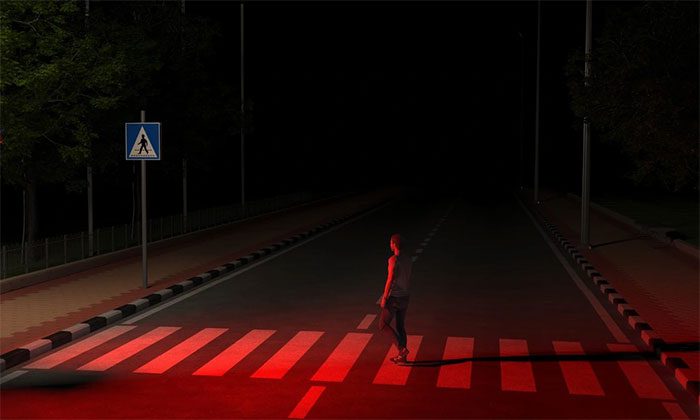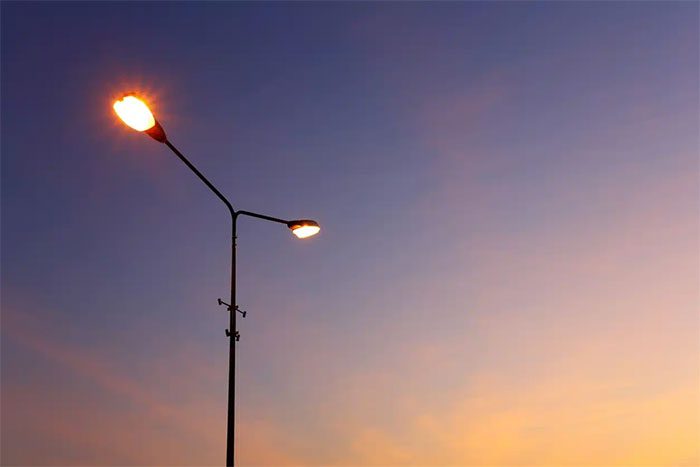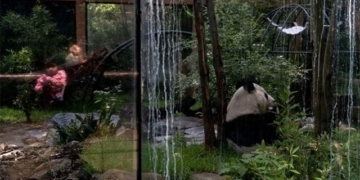Some Nordic countries, particularly Denmark, have decided to replace the traditional street lighting system that uses white light with models that diffuse red light.
While some people believe this change will create a gloomy atmosphere, this initiative is still entirely commendable.
Denmark has modified its public lighting system to an ecological version: red light diffusing street lamps, which are less disturbing to wildlife at night compared to traditional white light beams.

Denmark protects wildlife by replacing streetlights with red lights. (Image source: iStock).
This campaign will replace over 4,000 traditional streetlights to protect bat populations, which are significantly affected by light pollution.
Light pollution is the excessive artificial light produced by human activities at night, mainly from public lighting, signage, buildings, and other infrastructure.
It causes serious consequences such as impacting flora and fauna, disrupting the natural cycles of many nocturnal and migratory species, both terrestrial and marine, as well as of plant species that rely on these cycles to regulate their growth and resting periods.
Light pollution also affects human health; excessive exposure to artificial light, especially blue light emitted from screens and certain types of white light, disrupts human biological rhythms.
Serious Consequences of Light Pollution
Light pollution affects many animal species, especially nocturnal wildlife and those dependent on natural light cycles for reproduction, migration, or foraging.
These sensitive species, such as migratory birds, use the natural light of the moon and stars to navigate during their nighttime migrations.
Artificial light causes them to become disoriented, leading to exhaustion, increased vulnerability to predators, and even the risk of collisions with aircraft.
For marine creatures, newly hatched sea turtles rely on natural light from the night sky to find their way to the sea after hatching. Artificial light along coastal areas often encourages them to head towards roads, contrary to their original trajectory.

Traditional streetlight illumination severely impacts natural wildlife. (Image source: iStock).
Many insect species are attracted to artificial light, disrupting their foraging habits and reproductive behaviors, while also increasing their exposure to predators.
In particular, bats become disoriented, while frogs and salamanders face life-threatening risks due to light pollution.
To mitigate the impact of artificial light on nocturnal wildlife, cities in Denmark have decided to revolutionize urban lighting systems by installing streetlights that emit red light.
This equipment emits a softer and less glaring light compared to the blue, green, or purple beams of traditional models, significantly reducing the disturbance that wildlife endures.
To select this color, authorities relied on studies revealing that diffused wavelengths (like red) have less impact on the natural cycles of nocturnal animals, particularly bats and mice.


















































